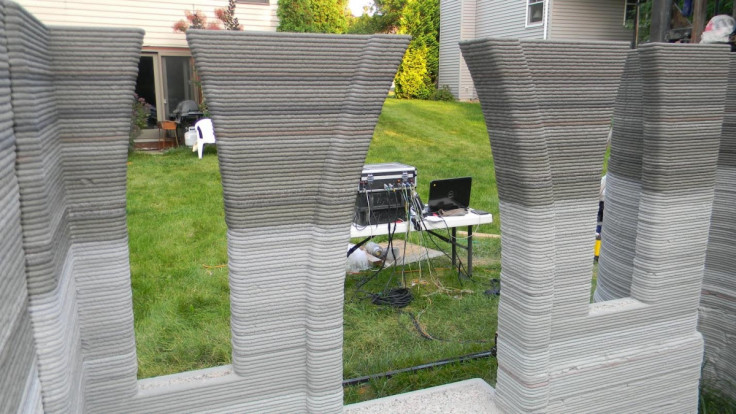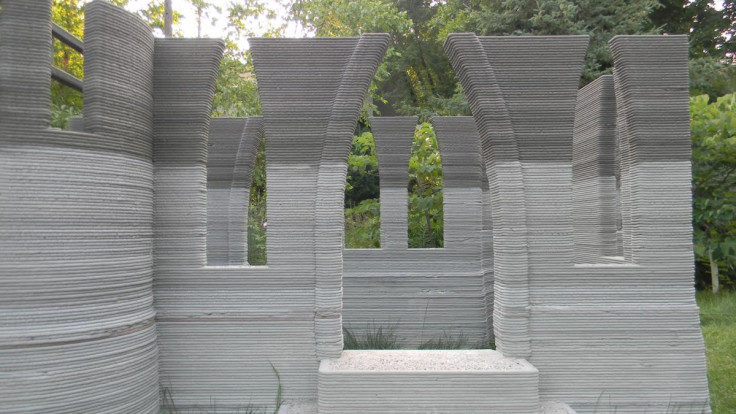Man 3D-Prints Castle In Back Garden Using Concrete Printer He Invented

A building contractor living in Minnesota has developed his own 3D printer which can print concrete directly from CAD design software, and he has used it to 3D-print a castle in his back garden.
According to 3DPrint.com, Andrey Rudenko has printed a small single-level castle (a child's playhouse) in just three months, as part of a test before printing a full-sized two story house, which would make it bigger than the houses that were 3D-printed in 24 hours in China.
Similar to the Chinese inventor Ma Yihe, Rudenko has built a 3D printer that prints out a mixture of cement and sand in layers measuring 20mm by 5mm, using technology and software from the open-source RepRap 3D printing project.

However, Rudenko, who has a background in architecture and engineering, is critical of Ma's design. He thinks that the ten 200 sq m houses that Ma printed are more like shells than homes.
"A cheap house built in 24 hours is not my goal. As an experienced builder, I know that to avoid problems in the future, it is more important to produce homes of a good quality, which may take longer to build than cheaper homes made quickly," Rudenko said.
"It would be more beneficial to print a complete home, including the foundation for the staircase, fireplace, certain furniture (kitchen island etc), columns, interior walls, and any wiring or plumbing that would fit inside the printed walls."
He has also designed his 3D printer to print the concrete at such a high viscosity that the printed walls can act as a decorative element, as opposed to the Chinese homes, which had quite rough-looking jagged edges, and would require sheetrock (dry wall) to be added on top before they would be habitable.
Rudenko's castle was printed completely outside in his garden, where the cement sets quickly in the warm summer temperatures of 35 degrees Celsius (95 degrees Farenheit).
The structure is large enough for adults to walk into, and to give you a measure of how long it took to print, the darker area of the castle, which measures 50cm in height, was constructed in eight hours using his 3D printer.

"I still have some imperfections, mostly when I stop the printer, but if I print nonstop, the layers look great," said Rudenko.
"Though I'm not completely finished with this structure yet, from the current progress, I can already see that I am ready for the next step, which is printing a house with this technology."
Rudenko is looking to collaborate on his 3D printer project with other architects, engineers, builders and 3D-printing enthusiasts (his email is listed at the end of the video).
The race to produce 3D printers that can print buildings continues as, in theory, the technology could bring affordable housing to people in developing countries and revolutionise the construction industry.
Slovenian firm BetAbram plans to release a 3D printer that can print a house next month. The BetAbram P3 can print structures measuring up to 144 sq m.

© Copyright IBTimes 2025. All rights reserved.






















